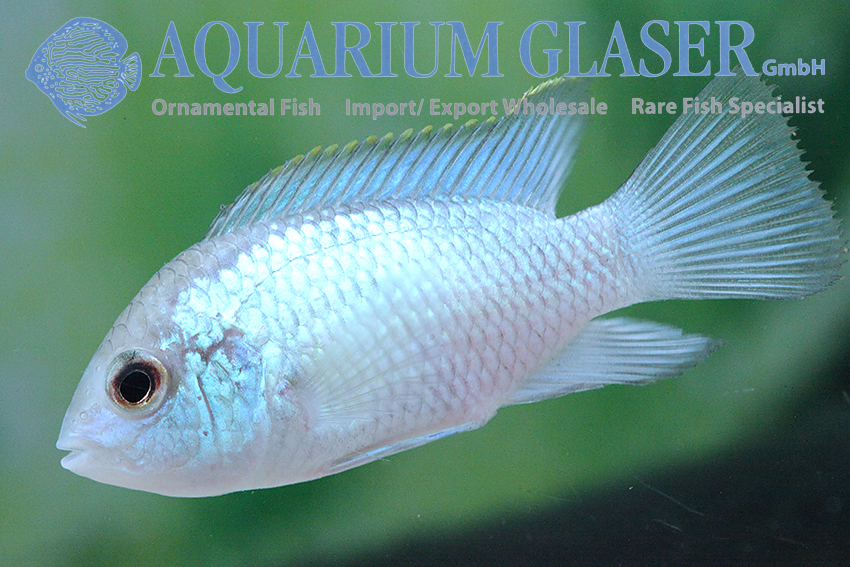🌟 Exclusive Amazon Black Friday Deals 2024 🌟
Don’t miss out on the best deals of the season! Shop now 🎁
You are using an out of date browser. It may not display this or other websites correctly.
You should upgrade or use an alternative browser.
You should upgrade or use an alternative browser.
Acaras dress up pretty for shrimp cocktail party…
- Thread starter Magnum Man
- Start date
WhistlingBadger
Professional Cat Herder
Retired Moderator ⚒️
Tank of the Month 🏆
Fish of the Month 🌟
- Joined
- Dec 18, 2011
- Messages
- 7,016
- Reaction score
- 13,028
- Location
- Where the deer and the antelope play
Mighty pretty!
I doubt that will happen until I find a place for the “bumbling brothers wrestling team” ( those 4 earth eaters I got stuck with ) they’ve gotten maybe a little better, and it’s funny they don’t shred any fins, but they still fight enough, no one else could claim a spot to nest…
Cool cichlid . I like them .
They're amazing...
I have 3 in this tank... the biggest one, has been "flashing" at the smallest one, lately... spreading his fins & tail out, with waves of electric blue rippling through the fins an tail... it looks amazing... pictures don't do them justice...
They look like a Port Cichlid which you never see anymore . Are they in the same family ? If memory serves the Port Cichlid was called Aequidens portalagrensis .
my understanding, is they are aliens... there is no info out there, where they came from, never see pictures of throw backs from line breeding... nothing... they are pretty peaceful for their size...
Haha, thank you for the vote of confidence but I am no ichthyologist!I bet @Naughts knows .
EBA don't have a scientific name indicating a manmade farmed species.
Here's what Practical Fishkeeping think:
"To clarify, there are two kinds of Blue Acara. In the first instance there is the standard, naturally occurring Blue Acara, Andinoacara pulcher. Wild types of this fish are gorgeous beyond compare, with streaked blue ‘warpaint’ over their faces, blue flecks and bars down their sides, and striking yellow trim to the dorsal and tail fins. At least, that’s how they were before mass farming overproduced them and turned them into ugly curs with washy colours, stunted bodies and ailments galore.
The Electric blue Acara is quite different. Here, the popular theory goes that ordinary farmed Blue Acara are mixed with Blue Rams to make a new fish. It’s not a natural process, female Blue Ram eggs are fertilised with the sperm of male Blue Acara, giving rise to Electric blue Acara/Ram hybrids. Because of the relative closeness of Rams and Acara, genetically speaking, the new fish are then able to produce offspring of their own.
After that, you can breed Electric blue Acara to your heart’s content, occasionally tossing in fresh Blue Acara DNA to stop inbreeding becoming rampant.
There’s a counterargument by some that the Electric blues are just a line bred mutation, like the Blue Ram, but this seems refuted by people who have bred them with normal Blue Acara and assessed the dominant and recessive traits. The farmers and breeders who sell these fish prefer the lay public (and by extension other farmers) not knowing how these most valued assets are produced, so it’s little surprise that there’s never any clarification when asked.
So here’s a curious thing. If it is a real hybrid, the Electric blue Acara inherits the temperament of neither its Ram mother, nor Acara father, and of all the ‘fake blue’ fish, these are up there as some of the more peaceful. That’s not to say they won’t scoff the occasional small fish, because they do. But anything over the 5cm/2in mark is usually quite safe. "
Credit! Practical Fishkeeping "Electric Blues"
@Naughts ... said... "EBA don't have a scientific name indicating a manmade farmed species."
several; sellers, including Dan's ( where I got mine ) do call them... Andinoacara-pulcher
but I don't find a listing for them at Seriously Fish... and their listing of Wild Type Blues, have no notes listing Electric Blues
 www.seriouslyfish.com
www.seriouslyfish.com


several; sellers, including Dan's ( where I got mine ) do call them... Andinoacara-pulcher
but I don't find a listing for them at Seriously Fish... and their listing of Wild Type Blues, have no notes listing Electric Blues
Andinoacara pulcher – Blue Acara — Seriously Fish

Andinoacara pulcher "Neon Blue" - Aquarium Glaser GmbH
Exactly 10 years ago, a new star appeared in the ornamental fish sky. A beautiful sky-blue (to stay in the picture) cichlid conquered the world. It was first offered to us in February 2014 under the name “Nannacara Neon Blue” from Singapore. However, it was clear from the outset that it was not...
www.aquariumglaser.de

Aequidens (Nannacara) Neon Blue - Aquarium Glaser GmbH
For all aquarists that feel that Electric Blue Rams are too delicate and Rocio octofasciata “Blue Dempsey” too aggressive: here is an alternative breed from Singapore. The fish are sold under the name of “Nannacara Neon Blue”. Despite the fact that we are quite sure that these fish do not belong...
www.aquariumglaser.de
Last edited:
And then some believe that, given the natural elasticity of blue acara colouration, and the lack of elasticity in the colouration in EBAs, the logical explanation is genetic modification.@Naughts Holy Encyclopedia Batman ! That’s a lot to process . This mad doctor stuff is getting a little out of hand .
Similar threads
- Replies
- 4
- Views
- 400

